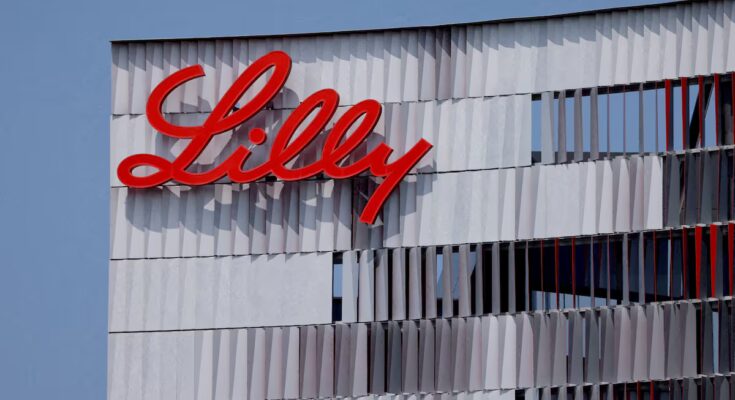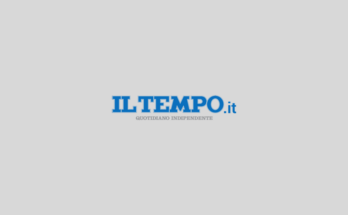In November, stock markets are testing the waters of the correction. Investors have been frightened, not without reason, by the huge investments of technological giants in artificial intelligence, a first warning sign in the face of what some managers do not hesitate to describe as a bubble. And the end of the year is approaching without it being entirely clear whether the Fed will favor risky assets with a new interest rate cut in December. After a 32% rally for the S&P from its April lows, the time has come for many to take some profits. But despite its excesses, the American stock market has not lost the interest of investors at all, who in this month of November concentrated their money on the pharmaceutical and healthcare sectors, one of the hardest hit this year. As such, fund flows reflect the largest inflows into this sector since January 2021, and as of November’s balance sheet, the pharmaceutical sector is the top performer in the S&P 500 Index, up more than 10% versus the index’s 3% decline.
According to fund flows collected by Bank of America, pharmaceutical companies attracted $1.9 billion in the second week of November. Those were the days of the sharp collapse of the Oracle stock market, the giant that took the initiative in the technological correction. Interest in the pharmaceutical sector also emerges from the survey conducted by Bank of America among fund managers, which reveals the fear of an artificial intelligence bubble and that companies are investing too much. It is the one towards which the managers repositioned themselves the most in November, the one with the greatest overweight (followed by the banks), while the asset allocation is reduced in consumption, telecommunications and technology. Over the past week, Bank of America adds, “clients have sold stocks in every sector except healthcare and energy.”
In fund flow data collected by Goldman Sachs, the inflow of money into the healthcare and pharmaceutical sector is even more evident: in the second week of November – through the 12th – the sector attracted $3,371 million, a figure that accelerates from the $476 or $532 million of the previous two weeks.
“The pharmaceutical and automotive sectors have been the most affected by the trade war and tariffs. And pharmaceutical companies are a defensive sector that can provide coverage for portfolios,” explains Ignacio Fuertes, investment director at Miraltabank. The prices of these companies reflect the inflows of money and the pharmaceutical sector is in fact the one that has risen the most in the S&P 500 index so far in November, by 11%, followed by biotech’s 8.15%.
Michael Mullaney, director of global market analysis at Boston Partners, acknowledges that they are seeing movements in fund flows leaving the magnificent seven towards what he calls the “S&P 493” (without these seven tech giants) or the S&P 500 Equal Weight (where all stocks have the same weight). Positions with which to reduce the high, and risky, exposure to the technological giants of the general index. “There is much more interest in diversification today than in recent years,” adds Mullaney, for whom “fund flows remain solid,” with positive net inflows across all manager strategies and would show “some reallocation of assets and also greater inflows into fixed income than into equities.” Data compiled by Goldman Sachs and Bank of America show that money inflows into the stock market topped $18 billion and $19 billion into fixed income last week.
Eli Lilly is the pharmaceutical company that has capitalized the most on investor interest in the sector this month. So far in November it has appreciated close to 20%, at all-time highs, a rise supported by solid results that have exceeded analysts’ forecasts and which consolidate its strong position in anti-obesity drugs and also, albeit to a lesser extent, its commitment to artificial intelligence. In late October, the company announced a deal with Nvidia to build an artificial intelligence supercomputer to shorten drug development cycles and help them reach patients more quickly. “A new narrative is gaining ground in the United States according to which to invest in artificial intelligence it is not necessary to do so in high-spending sectors, but in those that benefit from artificial intelligence to reduce costs. And pharmaceutical companies are an example of this,” says Ignacio Fuertes. This despite Eli Lilly itself having announced that the first tangible results of the supercomputer developed with Nvidia will not arrive before 2030.
Merck added 12% to the stock market in November and Pfizer added 3.25%. The latter took a step forward in its positioning in anti-obesity treatments this month by concluding the acquisition of biotechnology company Metsera. As the company Janus Henderson explained, “Biotechnology is now a more agile and competitive sector than at its market peak in 2021. The sector is setting the bar higher for companies to advance, but for those that survive, the value creation opportunity may be better than ever.”



